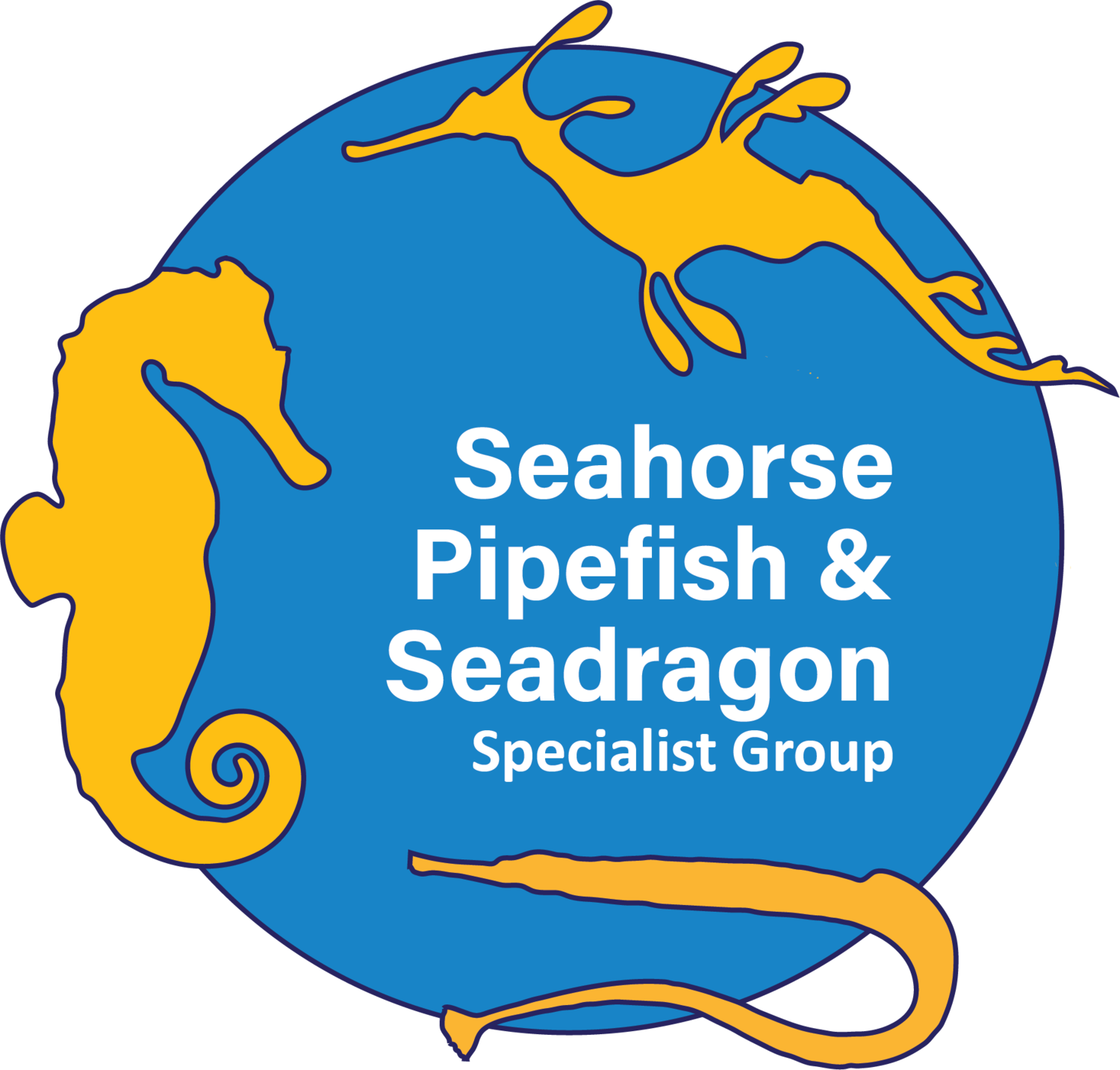Priorities Action Statement - Actions for Hippocampus capensis
** seahorse (Hippocampus **). Photo by **
Distribution: : Southern coast of South Africa (Knysna, Keurbooms and Swartvlei Estuaries)
Status: Endangered
-
Collate and synthesise information of major threats to H. capensis (habitat loss and alteration)
Collate and synthesis all applicable legislation and review implementation and related conservation success. (in line with Objective 2 of the IUCN Specialist Group).
-
Increase awareness of the conservation status of H. capensis and its related habitats through outreach and media. (High priority)
Increase and develop working relationship with conservation authorities to allow for effective knowledge sharing and conservation actions (High priority)
-
Monitor trade of syngnathids in South Africa and check for presence of Hippocampus capensis. (Low priority).
-
Continue to monitor the distribution and abundance of Hippocampus capensis across its range to inform population status and to assist in determining the effectiveness of recovery actions (High priority).
Continue the investigation of the ecology of H. capensis within different habitat types, specifically focusing on population size, home-range and growth (High priority).
Implement research using eDNA to investigate the range of Hippocampus capensis in estuaries along the South African south coast (High priority).
Implement genetics research of H. capensis to investigate population divergence between estuaries and habitats and promote/facilitate future conservation actions based on conservation genomics (Medium priority).
Support community and government groups involved in monitoring and recording the presence of Hippocampus capensis and facilitate dissemination of information (Medium priority).
Where appropriate, actively encourage community involvement in aspects of Hippocampus capensis recovery including for example, research and monitoring programs (Low priority).
-
Conduct and/or facilitate the mapping and continued monitoring of suitable habitat for H. capensis (High priority).
References
1 Balmford et al. "A global perspective on trends in nature-based tourism." PLoS biology 7.6 (2009): e1000144.
2 De Brauwer et al. "The economic contribution of the muck dive industry to tourism in Southeast Asia." Marine Policy 83 (2017): 92-99.
3 Vincent at al. "Conservation and management of seahorses and other Syngnathidae." Journal of fish biology 78.6 (2011): 1681-1724.
4 Pollom et al. "Global extinction risk for seahorses, pipefishes and their near relatives (Syngnathiformes)." Oryx 55.4 (2021): 497-506.
5 De Brauwer & Burton "Known unknowns: Conservation and research priorities for soft sediment fauna that supports a valuable SCUBA diving industry." Ocean & Coastal Management 160 (2018): 30-37.
6 De Brauwer et al. "Time to stop mucking around? Impacts of underwater photography on cryptobenthic fauna found in soft sediment habitats." Journal of environmental management 218 (2018): 14-22.
7 Trave et al. "Are we killing them with kindness? Evaluation of sustainable marine wildlife tourism." Biological conservation 209 (2017): 211-222.
8 De Brauwer et al. "Behavioural and pathomorphological impacts of flash photography on benthic fishes." Scientific reports 9.1 (2019): 1-14.
9 Roche et al. "Recreational diving impacts on coral reefs and the adoption of environmentally responsible practices within the SCUBA diving industry." Environmental Management 58.1 (2016): 107-116.
10 Marine Management Organisation. “The effects of flash photography on UK seahorse species”. A report produced for the Marine Management Organisation MMO Project (2014): No. 1005b, pp 21


